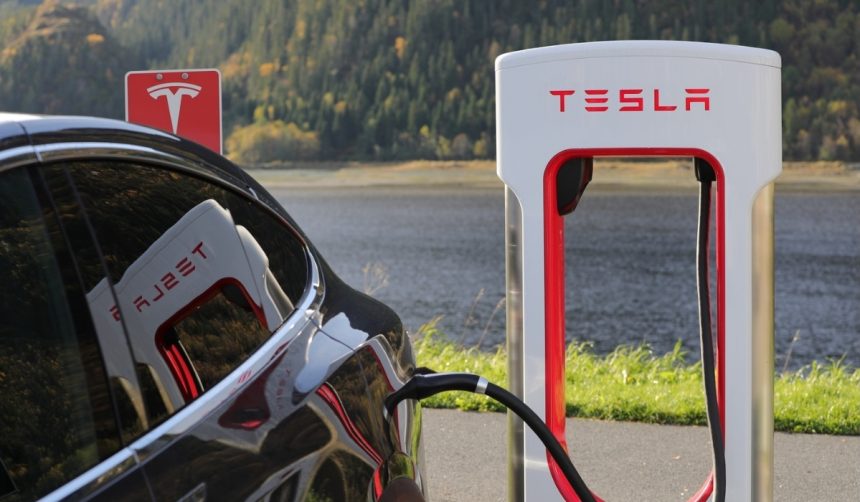Consumers seeking greater convenience in electric vehicle use have focused on the importance of public charging infrastructure. While many EV owners rely on home chargers, those who lack access face increased dependency on a reliable and widespread public network. The rapid increase in electric car adoption in the US has intensified scrutiny on which companies are best positioned to meet growing demand for public charging solutions.
Earlier reports highlighted Tesla’s dominant role in charging infrastructure, emphasizing its consistently larger network than its closest competitors. Previous years saw rivals announcing ambitious expansion plans and partnerships, but their real-world deployment numbers did not often match projections. Despite efforts by networks like Electrify America and ChargePoint, the overall gap between Tesla and other companies has not narrowed, with Tesla often registering higher installation counts each quarter.
How Has Tesla Expanded Its Charging Network?
Tesla significantly increased its US charging locations in the third quarter of 2025 by installing 1,820 new chargers, pushing its total stall count to 34,328. The data, supported by recent installation reports, shows that Tesla now controls 53.2 percent of all charging stalls nationwide. These installations help facilitate long-distance travel and address charging needs for consumers without residential options. Tesla’s ongoing expansions also boost driver confidence in adopting electric vehicles.
Are Other Companies Matching Tesla’s Growth?
Nine competing companies—including ChargePoint, Electrify America, EVgo, Ionna, Blink, Pilot Flying J, Red E, EV Connect, and Rivian Adventure—collectively added only 841 new chargers during the same period. This combined effort totals 10,055 public DC fast charging stalls in the country, accounting for just 15.6 percent of the overall market. Analysts and industry observers note that no individual competitor appears to be actively closing the gap, despite growing demand.
What Does This Mean for EV Drivers?
The scale of Tesla’s network, especially with its Supercharger Network now open to third-party brands, impacts both existing and prospective EV drivers across America. Reliable public charging is vital for those without home access or for travelers requiring fast, convenient stops. Tesla representatives have stated,
“Our Supercharger Network remains open to most EV brands, ensuring greater accessibility for all drivers.”
The need for a robust infrastructure continues to shape consumer attitudes, with public availability influencing everyday use.
Industry insiders acknowledge that the challenge of scaling public charging extends beyond simple installation numbers. Enhancing infrastructure requires addressing location gaps, charger reliability, and the capacity to serve projected EV growth. A Tesla spokesperson reiterated,
“We continue to invest heavily in expanding and maintaining our infrastructure to support the wider transition to electric vehicles.”
Observers remain watchful for any shifts in strategy among rivals who may accelerate their own network buildouts in the future.
Tesla’s ongoing lead in charging infrastructure reflects both its early entry into the market and its sustained investment in network buildout. For drivers without home charging, widespread and dependable public chargers are critical and will continue to influence which vehicles they choose. Those planning road trips or living in urban areas should research available charging options when considering their next vehicle. As EV adoption rises, consumer focus will turn increasingly toward reliable charging networks rather than solely vehicle specifications. Investing in a brand with nationwide access to high-quality infrastructure can offer reassurance, especially for those relying on public solutions.
- Tesla’s charging network comprises over half of US public charging stalls.
- Competitor networks have not kept pace with Tesla’s expansion rate.
- Public charging access remains a vital factor in EV adoption nationwide.










